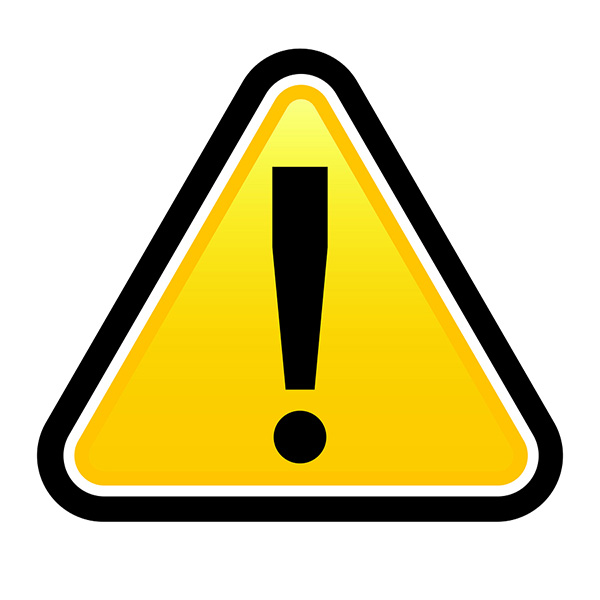
Reports in the news of celebrity and general substance abuse and overdose seem to be increasing in recent years, particularly in reference to prescription medications. While opiate painkillers and anti-anxiety benzos are often referred to as the main culprits in this epidemic, there are other medications that are being abused at high rates, including prescription stimulants.
The use of these drugs often begins legitimately as a needed treatment for a condition. However, misunderstandings about how the drugs work, along with a desire to feel the euphoria and other positive sensations the medicines offer, can lead to abuse and misuse of these prescription drugs.
Prescription Stimulants and Legitimate Medical Use
As their name would imply, prescription stimulants are medications used to stimulate the nervous system. This action increases brain activity, focus, physical energy, and alertness.
As a result, as described by the National Institute on Drug Abuse, these medications have been used to treat:
- Attention deficit hyperactivity disorder (ADHD)
- Certain sleep disorders, such as narcolepsy
- Weight loss
- Lung disorders (e.g., asthma, etc.)
- Some forms of depression
Nevertheless, stimulant medicines have shown a high addiction potential, making it less desirable to prescribe them except for certain conditions. Today, they are mostly used for ADHD and sleep disorders, as there are other methods and medicines for the other conditions these drugs were used to treat. Depression that is resistant to other medications may still be treated with prescription stimulants, and there are some prescription stimulants designed specifically to support medically necessary weight loss.
Types of Stimulant Medications
Stimulant medications work by increasing the amounts of dopamine and norepinephrine in the brain, helping to increase energy and focus; with some drugs, this can also help with weight loss.
These medications are all controlled substances, as determined by the Drug Enforcement Agency (DEA), because they all have abuse and addiction potential. As reported by Forbes, there is concern that any of these weight loss medications, while weaker stimulants, can have euphoric effects that make them desirable as drugs of abuse.
How Much Stimulants Are Prescribed and Abused
The National Survey on Drug Abuse and Health has tracked the use and abuse of all kinds of prescription drugs, including stimulant medications. By far, the highest level of use has occurred with amphetamines and related products (including methamphetamine). In 2015, more than 11 million people used these medications. Of those, 4.8 million misused the medications.
- Methylphenidate: 3.5 million used; 979,000 misused
- Weight loss stimulant medicines: 2.3 million used; 121,000 misused
Most of the cases of abuse have to do with people who begin to misuse a legitimate prescription. However, there are those who go directly to abusing the drugs for recreational or other purposes.
Abuse of Prescription Stimulants

There are multiple ways that abuse of prescription stimulants develops. The first way is when people are using the prescription for a long time, and the brain develops dependence on use of the drug to feel normal or tolerance to the drug that makes it feel like it’s not working as well. These can both cause the person to use the drug in higher doses or more often just to feel able to function properly. This kind of misuse can lead to addiction if compulsive use begins.
Another way abuse develops is through intentional misuse, either for recreation or other purposes. In the case of drugs used to treat ADHD, individuals sometimes start using the drugs as study aids, thinking that the medication will help them focus and retain information better. Not only is this not true, but some research from Brain and Behavior, among other studies, has shown that this misuse of amphetamine or other ADHD drugs can actually result in worse performance on tests.
Other reasons that individuals begin to misuse these drugs include attempts to lose weight or to have more energy and be more productive. Because these drugs are not really effective or safe for these reasons, this misuse can lead to more problems than the one the person is trying to solve.
Process of Addiction
The American Society of Addiction Medicine defines addiction as a brain disease that results in compulsive or uncontrollable drug-seeking and drug use. Often, this develops as a result of long-term abuse of certain drugs, which can change brain function to the degree that the individual not only becomes dependent on the drug, but also feels compelled to keep using it despite knowing that it is having a negative effect on the person’s life.
Tolerance and dependence can both be factors in the development of substance abuse and addiction. By causing the person to feel a need to use the drug more often and in higher doses, the substance abuse can complicate the brain’s response and result in further damage to the chemical system. In the case of stimulants, continued use of these drugs can damage the dopamine system in the brain, making it difficult for the person to feel pleasure or joy when not taking the drug. This, in turn, can lead to the compulsive use that is a hallmark of addiction.
The Epidemic: Prescription Drug Abuse and Overdose
As described by the National Institute on Drug Abuse, the US is struggling with high levels of prescription drug abuse and misuse, considered to be contributing to a prescription drug abuse and overdose epidemic.
While stimulants are considered less likely to result in overdose deaths, the effects of using and abusing these drugs in the long-term can lead to adverse health conditions that can cause severe illness, injury, or even death.
Prescription Stimulant Short-Term and Long-Term Effects
- Heart palpitations and high blood pressure
- Weight loss
- Trembling
- Anxiety
- Nervous tics
- Insomnia
Per the National Institute on Drug Abuse, in the long-term, these effects can lead to more severe mental and physical health issues that can sometimes be life-threatening.
These effects include:
- Heart or circulation damage, heart attack, or stroke
- High body temperature
- Seizures
- Anxiety or depression
- Anhedonia (the inability to feel pleasure without the drug)
- Psychosis
- Aggression or violent behavior
Of course, an additional long-term effect of stimulant abuse is addiction, which contributes to added physical and mental health risks, including overdose.
Treating a Stimulant Addiction
As with all types of prescription drug abuse or addiction, it is possible to effectively treat addiction to stimulant medications.
A variety of therapies and other treatment program elements can help, including:
While there is no medication to treat withdrawal from stimulant use, medical support of other kinds can help the person manage cravings and deal with other discomforts that may arise during the process.
Getting Help
The process of finding an appropriate treatment facility can be difficult. However, it can help to keep a few things in mind and know what elements to look for, such as:
- Research-based programs with scientifically supported methods of treatment
- Customized programs based on the individual’s specific situation and needs
- Experience providing treatment for co-occurring mental and physical conditions
- Certification and review by national and state addiction treatment authorities
- The ability to support the individual through all phases of treatment and recovery
With assistance from a facility that provides these levels of care and experience, the individual is more likely to emerge from treatment with the skills, knowledge, and motivation to stay sober and avoid relapse to stimulant abuse in the months and years following rehab.
It’s Never Too Late to Get Help
Get Help Now.
Has addiction stolen your loved one? Take action and call (619) 577-4483 or fill out this form to speak with a Treatment Consultant about our drug rehab center or one of our facilities across the United States.
